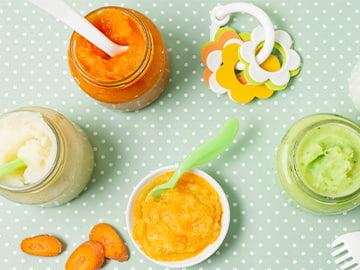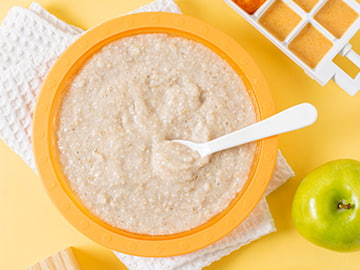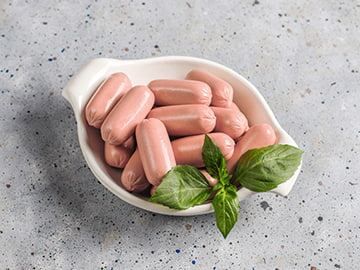1. Sterilization process:
The sterilization time depends on a variety of factors, including the type of porridge, packaging material and sterilization method whether it is bagged, bottled or canned baby porridge. Under normal circumstances, the common method for food sterilization is high-temperature sterilization, with a temperature of about 110-125°C and a time of about 30 minutes. However, the specific sterilization time and temperature should be determined according to the microbiological index requirements of the product and national standards. And for porridge products with high viscosity, we usually add a rotation function to sterilize the product through 360-degree rotation to heat the product evenly, so that the heat distribution effect of the product is better.


























